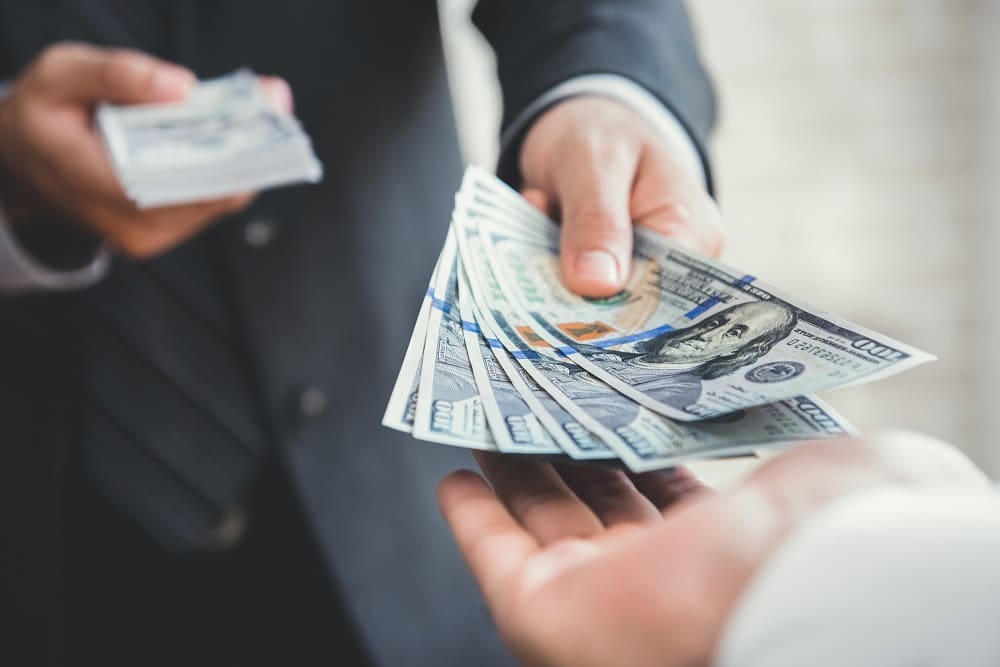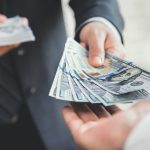
Millions of Americans over the last three years experienced what it was like to live without student debt. For many, that meant hundreds of dollars a month that went toward life’s other expenses – rent, buying or maintaining a home, supporting family. The relief was also coupled with hope: Joe Biden announced in August 2022 a plan to cancel $10,000 in loans for low- and middle-income borrowers.
Biden’s student loan repayment program: four things you should knowRead more
But now, the reprieve for borrowers is coming to an end. Republicans forced an end to the pause in student debt repayments during the debt ceiling debate and student loans payments will begin again in October. In a second blow, the supreme court struck down Biden’s forgiveness plan earlier this summer.
The impact is broad. About 12% of the US population has student loans, over 43 million Americans hold a collective $1.7tn in debt. The youngest borrowers have just graduated from college and some of the oldest have retired with student loans. Many parents who took out loans to pay for their children’s education are also still burdened by debt.
The Guardian asked US student loan borrowers what forbearance meant for them. Their answers give a glimpse into the impact that student debt has beyond the numbers.
‘We were able to afford our first home’
Homeownership is the primary way Americans build their wealth. For many with student debt, buying a home can feel impossible. A poll from the National Association of Realtors from 2021 found that 60% of millennials who don’t own a home pointed to student debt as the main reason.
But the payment pause, tied with low interest rates, allowed some student borrowers to put down a mortgage for their first home.
Lauren Segarra, 41, a speech-language pathologist in Atlanta, Georgia, said the payment pause enabled her family to buy a home.
“That extra cash put us over the threshold of being able to afford our first home,” Segarra said, adding that the pause – along with being in the Public Service Loan Forgiveness (PSLF) program – allowed her and her husband to save about $12,000 in cash. “We were able to responsibly put a down payment on a home without wiping out our savings.”
The real estate company Zillow estimated that those with student loans in 29 out of the 50 largest housing markets in the US saved the equivalent of a 5% down payment on an entry-level home in their market, allowing people like Segarra to become homeowners.
But the narrow window for affordable homeownership seems to have passed: Zillow reported that the principal and interest on a new home have now doubled since March 2020 because of record-high interest rates and soaring home prices. Now that payments are set to restart, homeownership for many will continue to be out of reach.
‘I paid off $7,000 in medical debt’
One out of 13 student loan borrowers are currently behind on other debt, a higher proportion than before the pandemic, the Consumer Financial Protection Bureau (CFPB) reported in June.
Credit card debt has soared during the pandemic, especially over the last year as inflation reached record highs. The total amount of credit card debt in the US hit $1tn, the Federal Reserve Bank of New York reported in August, a record high. In a recent survey, 46% of those with credit card debt say they are still trying to pay off an emergency expense, including car or home repairs or medical bills. About a quarter said that everyday expenses, including groceries and childcare, have caused their bills to rack up.
And this credit card debt is on top of other medical debt, which totaled $195bn in 2019. According to Kaiser Family Foundation Health News, one in 10 American adults owe more than $10,000 in medical debt.
Lydia Gay, 36, a costume maker and tailor based in New York, said the student loan payment pause helped her pay off her medical debt.
“It allowed me to save and pay off over $7,000 in debt from medical expenses, mostly from a couple of years of monthly insurance premiums,” she said. The Writers Guild of America (WGA) and Screen Actors Guild (Sag) strikes in Hollywood have meant she can only find part-time work, but “I have still been able to pay for rent and basics because I don’t have $400 a month coming out for student loans.”
Gay said she is concerned about what the end of the pause will mean for her finances now, especially as there continues to be less work in her industry.
“I’m extremely worried about being able to pay rent, bills and basics, along with student loans,” Gay said. “The stress and worry have even been affecting my sleep and mental health.”
‘It allowed me to save money’
A majority of Americans – as many as 61%, according to a recent survey – live paycheck to paycheck. More than one in five Americans don’t have emergency savings.
For some student loan borrowers, forbearance empowered them to build up savings for the first time.
“The pause has been a massive relief and allowed me to save more money,” said Brooke McGeorge, 26, a non-profit program assistant based in San Diego. “Knowing that loan repayment is kicking in again with no follow-through on promises for debt relief feels like a punch to the gut.”
With forbearance ending, borrowers say they are worried about the strain that it will have on their finances once again.
Ben Birkinbine, 41, an assistant professor based in Oshkosh, Wisconsin, had a daughter in late 2019, right before the pandemic began. During forbearance, his family moved back to Wisconsin to be closer to family. While the pause allowed him and his family to buy a home, he took a pay cut and has less job security.
“Our budget is very tight and will be for at least another two years,” Birkinbine said, noting that childcare costs, in particular, have been rising. “Saving will be very difficult, and we will likely need to cut into existing savings to meet payments.”
As much as the payment pause was a welcomed respite, the return to payments for many borrowers feels a bit like betrayal, especially when $10,000 in forgiveness seemed to be a reality just a year ago.
McGeorge, echoing the frustration of fellow borrowers, said she is frustrated that the supreme court blocked Biden’s forgiveness plan, which many had hoped would help ease repayments starting.
“It’s totally devastating,” she said. “Americans should have a chance to be optimistic about the future, but things that used to be so basic like affording good food and buying a home, are feeling more and more like a pipe dream.”
